Ryan Murphy’s Hollywood is a peculiar mix of fact and fiction. Set in the golden age of Hollywood filmmaking, it follows a group of young people - as well as a select group of their elders - as they try to make their dreams come true in that fabulous and dangerous world of dreams and desire.
Murphy has put a lot of effort into ensuring that the series looks and feels as if it is really taking place in postwar Hollywood, and there are quite a few things that are historically accurate. At the same time, there are also a few that are, to put it mildly, completely made up.
10 Historically Accurate: Ernie’s “Gas Station”
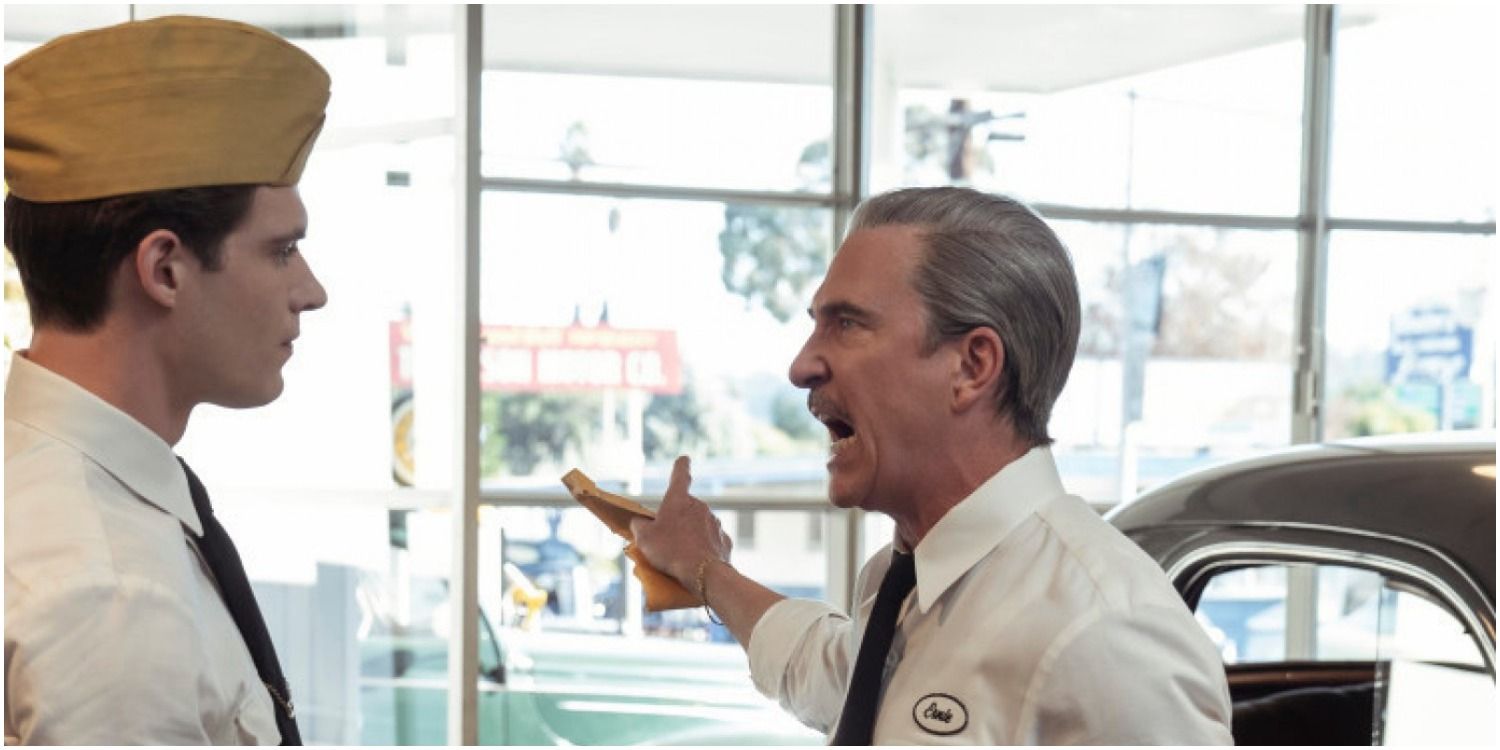
Very early in the show, it’s revealed that Ernie’s gas station - where the young Jack hopes to work - is, in fact, a thinly-disguised front for what is essentially prostitution, a place where the wealthy members of Hollywood can find entertainment for the night.
However, it should be noted that the character of Ernie is himself fictional, though he is in fact very obviously based on a real person, Scotty Bowers (who only recently passed away).
9 Made Up: Rock Hudson Never Came Out
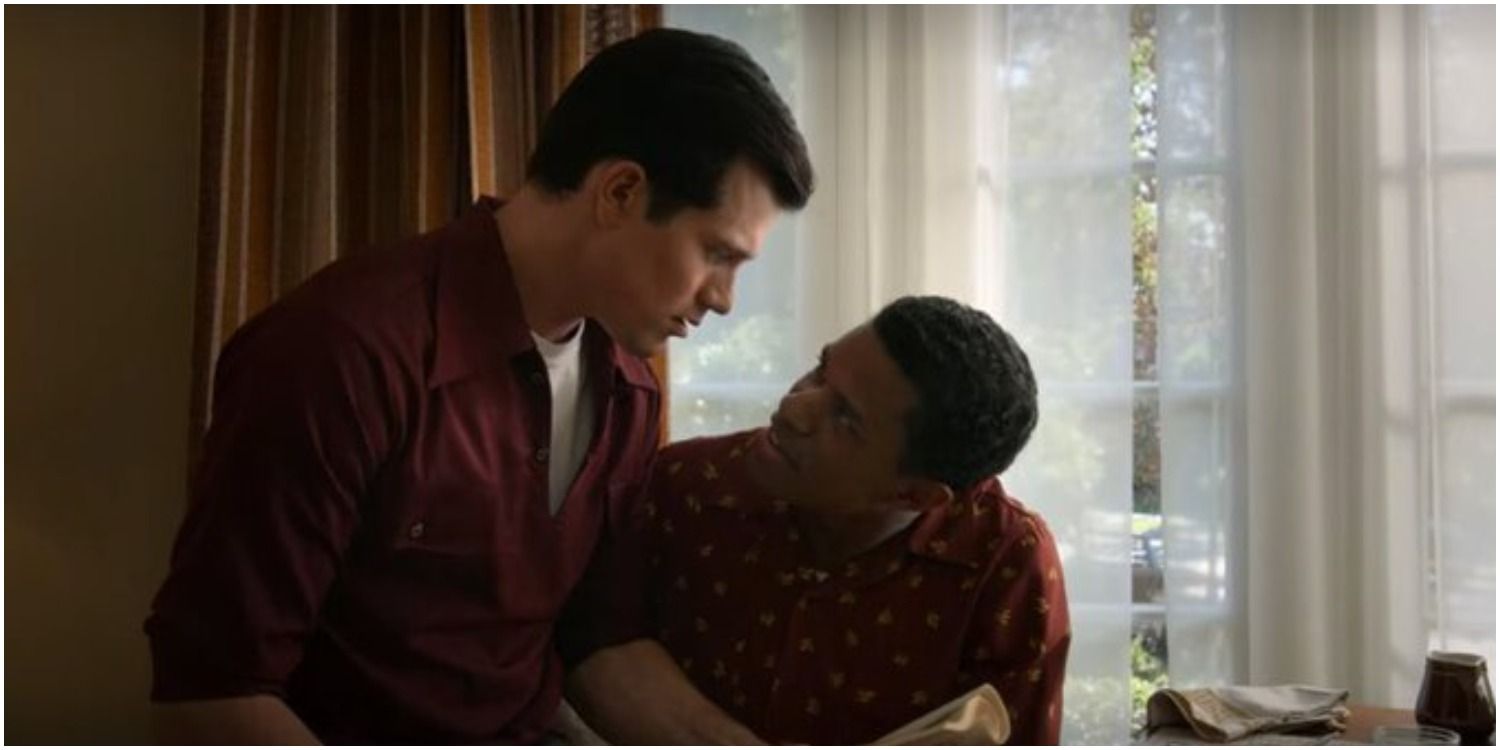
One of the more moving storylines of the series involves Rock Hudson. Of course, everyone knows that Rock Hudson was in fact a real person, a major star of numerous melodramas and romantic comedies, particularly in the 1950s.
Though his homosexuality was an open secret in Hollywood, he was never open about that fact with the public. In the series, however, he very publicly comes out and even goes to the Oscars with his boyfriend Archie.
8 Historically Accurate: Henry Willson Really Did Cultivate Young Stars

One of the series’ most reprehensible and malignant characters is Henry Willson, an agent who makes a point of cultivating young male stars and forcing them to cater to his own sexual desires. Jim Parsons is truly extraordinary in the role, and he does a great deal to bring out the nuances of this character.
There was, in fact, a real Henry Willson, who was responsible for turning young, attractive men into desirable movie stars, and his clients included Rock Hudson and Rory Calhoun.
7 Made Up: Ace Studios
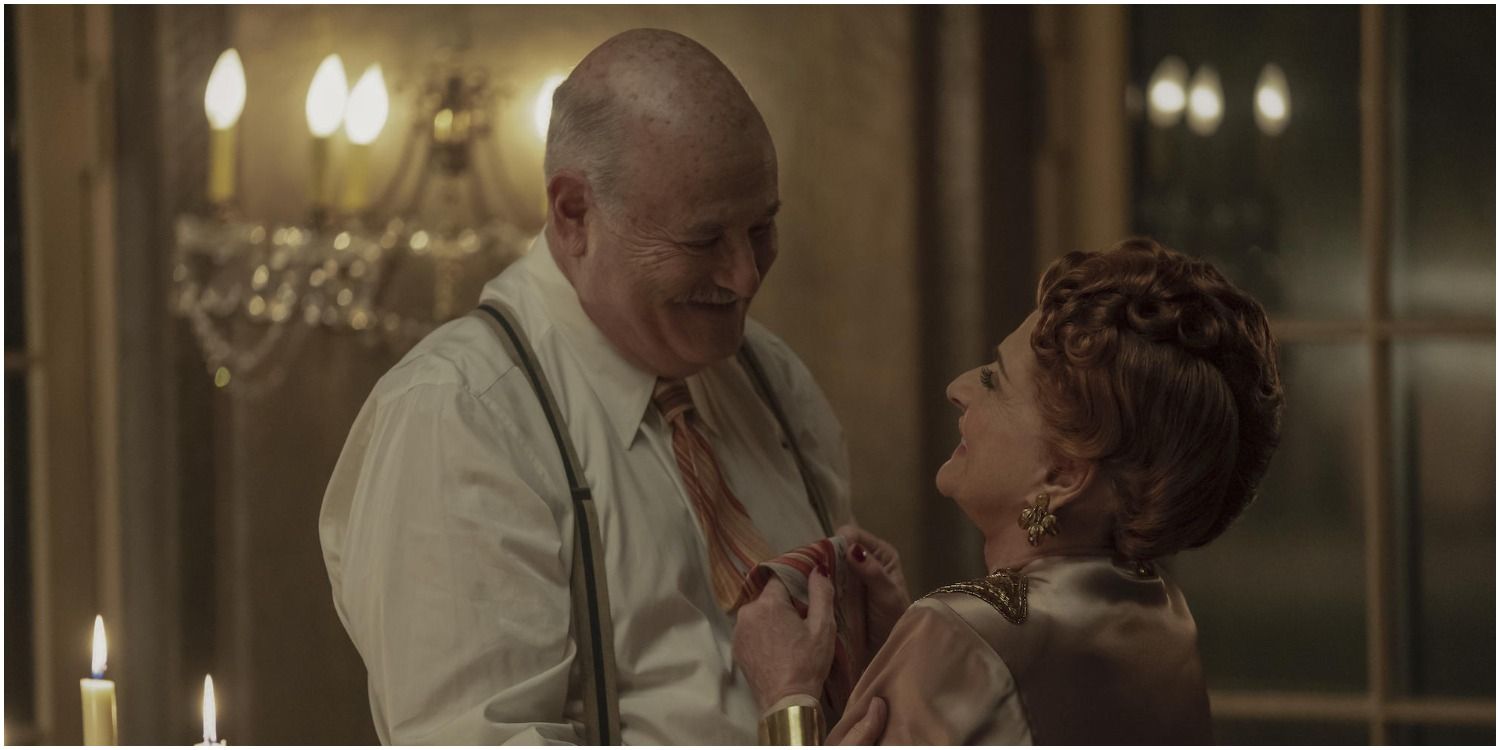
One of the defining characteristics of the old Hollywood was the power of the studios. These were truly behemoths that were dream factories in every sense of the word, constantly producing new stars, new films, and new pleasures for adoring audiences.
In this series, the studio in question is called Ace Studios. It is, of course, an entirely fictional entity, though it does have a lot of similarities to the studios of old, all of whom were, indeed, run by powerful men who had almost dictatorial powers over their employees.
6 Historically Accurate: George Cukor’s Parties
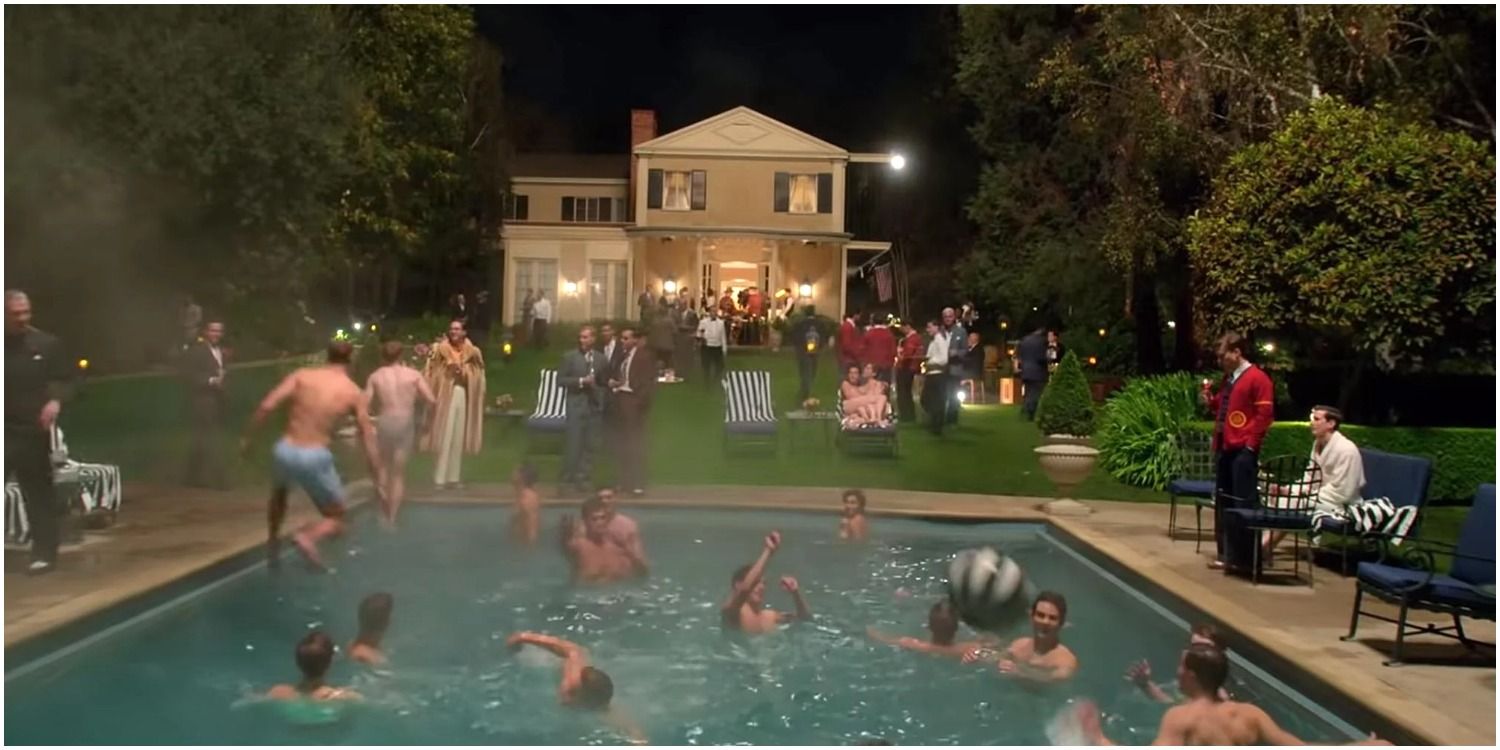
George Cukor was one of the most esteemed directors in Hollywood. Particularly well-known for his skill at directing what were called “women’s films” (particularly melodramas of various sorts), he was also not-so-secretly gay.
Though he’s mostly a secondary character in the series, he’s particularly noted for throwing lavish parties for the queerer parts of the Hollywood elite. It is, in fact, an accurate depiction of Cukor’s lavish parties, which were often the talk of the town.
5 Made Up: Hollywood’s Willingness To Change
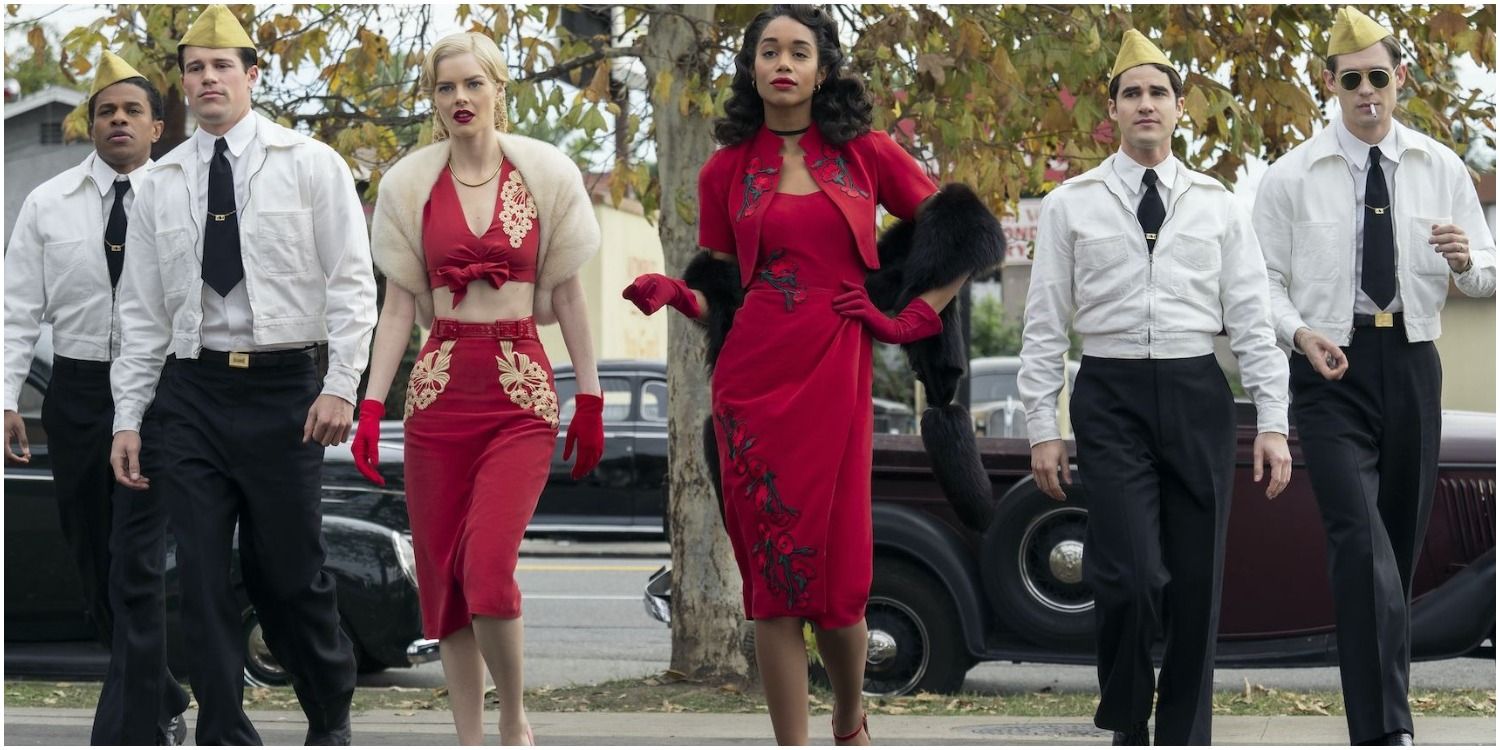
Many things can be said about Hollywood as an institution, but it can almost never be said that they have been willing to lead the way when it comes to social change. This is certainly the case today, but it was even more true in the postwar era, when Hollywood was seen to be the upholder of appropriate social values.
Thus, the idea that a Hollywood studio like Ace would go so far in the pursuit of social justice for various minority groups is very far from the truth of things.
4 Historically Accurate: Hattie McDaniel Really Was Treated Shabbily At The Oscars
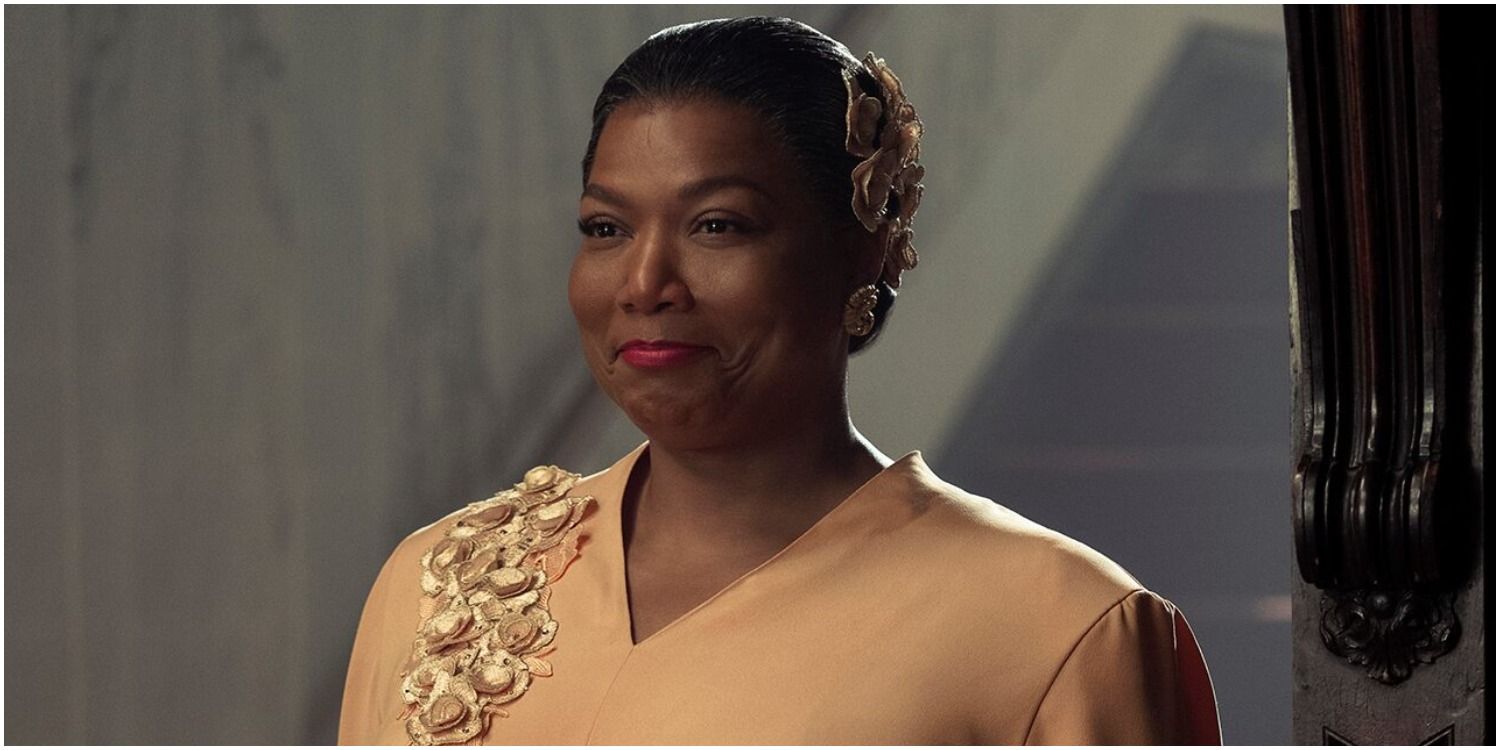
One of the most notorious examples of Hollywood racism was Hattie McDaniel’s treatment at the Oscars. While she was awarded the Oscar for Best Supporting Actress for her role as Mammy in Gone with the Wind, she was forced to sit at a small table at the back of the room.
Though the series does this slightly differently - she’s not allowed into the venue, at all - it does nevertheless accurately capture the sense of anger and disappointment McDaniel must have felt as she was treated like a second-class citizen by an industry that should have welcomed her.
3 Made Up: Anna May Wong’s Academy Award
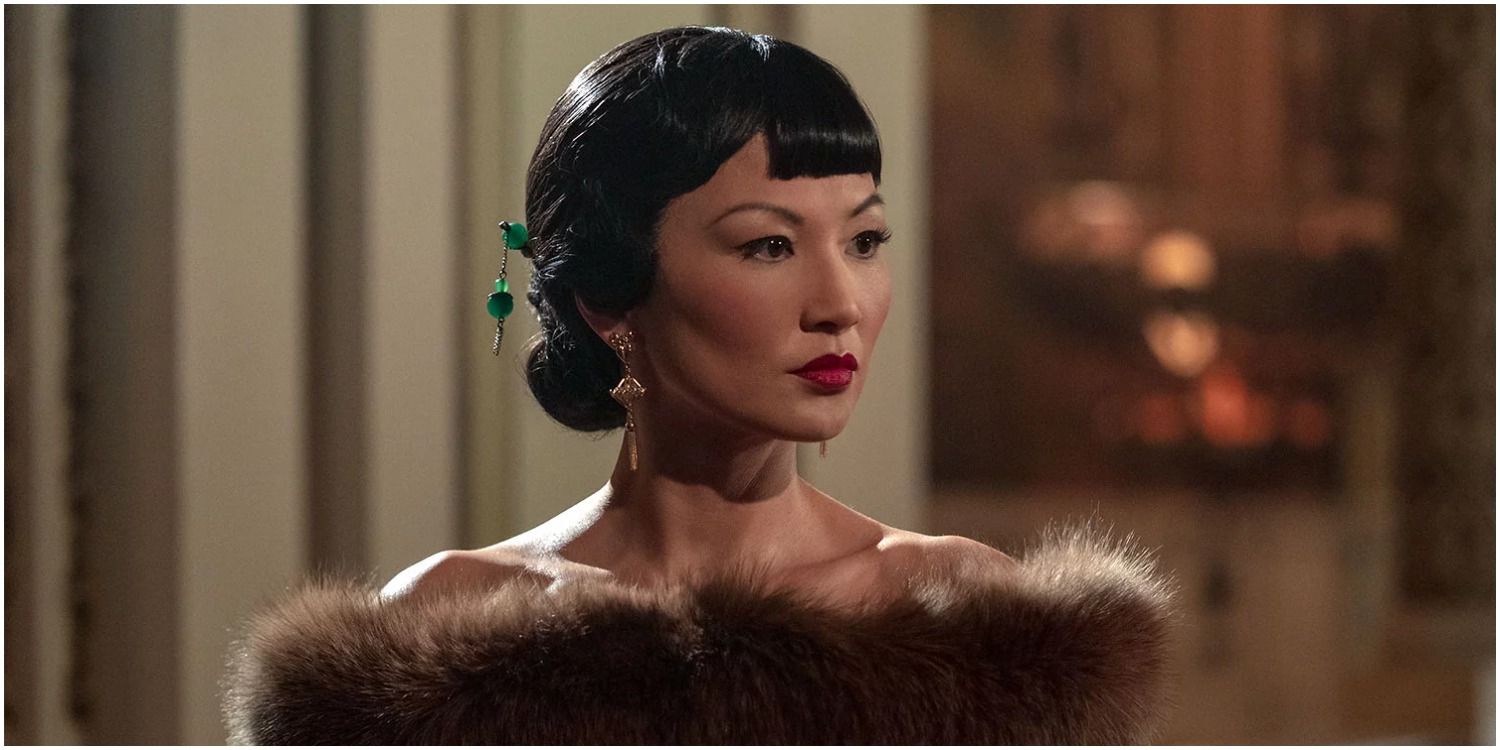
In the series, the noted Chinese-American actress wins an Academy Award for Best Supporting Actress. As satisfying as it is to see an actress of Asian descent win recognition from Hollywood this is, unfortunately, something that the series made up.
In fact, to date, no woman of Chinese descent has yet to win an Academy Award, a sign of just how far Hollywood still has to go in terms of racial parity in its award structures.
2 Historically Accurate: The Grooming Process
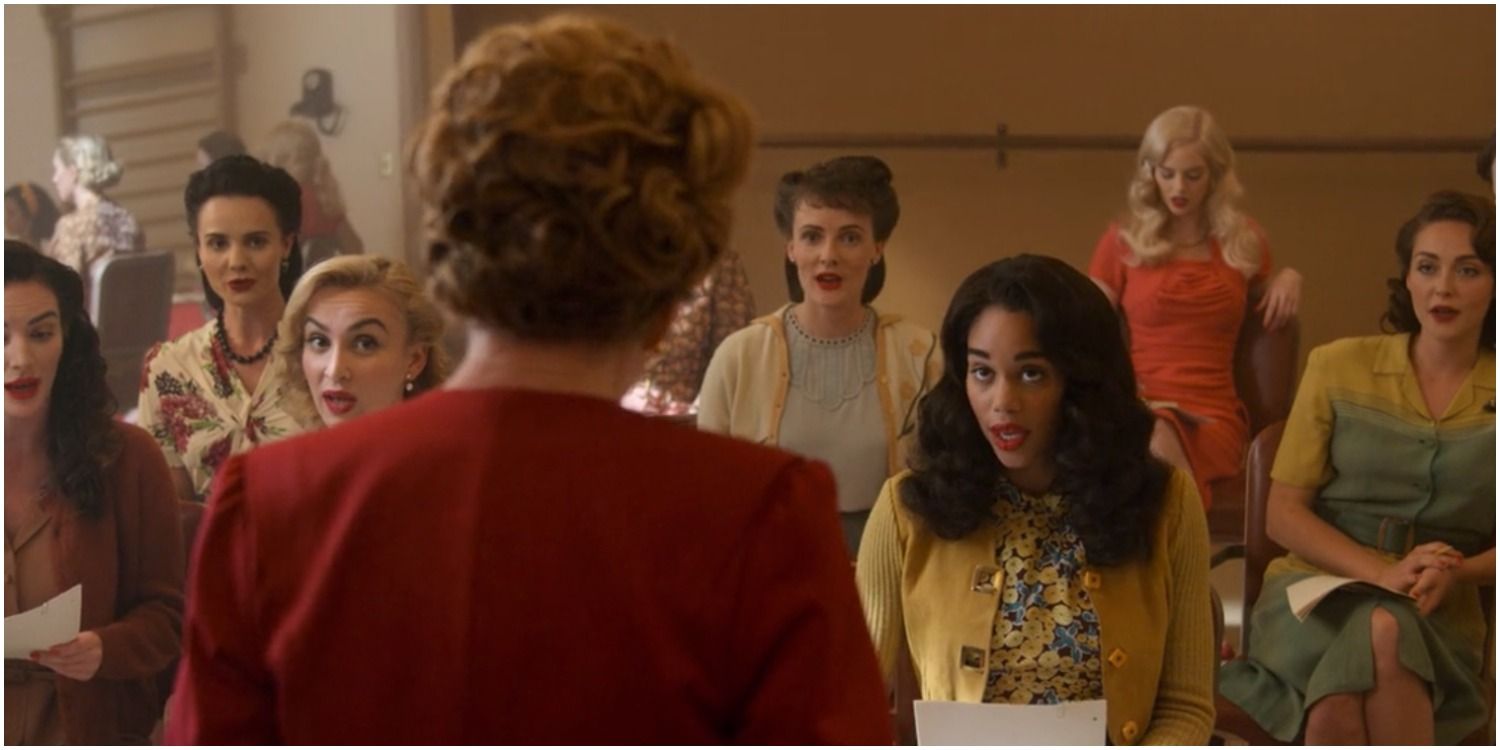
The big studios of classic Hollywood were well-known for their abilities to cultivate talent. In fact, during the height of the star machine’s power, they were able to churn out stars at a truly extraordinary rate, creating them almost from the ground up.
The series does a fine job of showing just how involved this process could be, involving everything from changing the name of prospective stars (a very common occurrence, as it happens), as well as the famous diction lessons.
1 Made Up: The Immediate Effect The Film Has On American Society
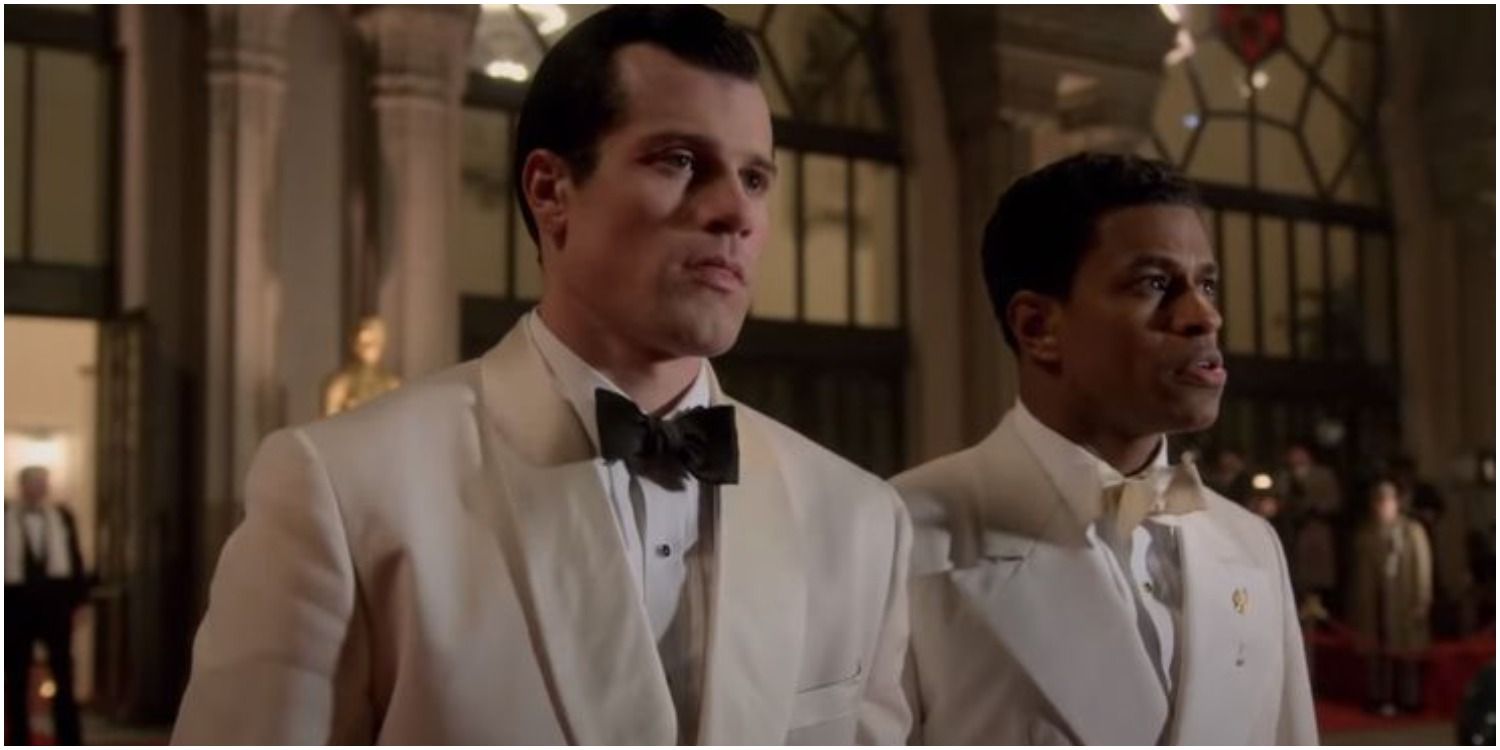
The central conceit of this series is that Hollywood, because it chooses to invest in the extraordinary film Meg, is able to radically change much of American society, in remarkably short order. This is, of course, a nice little utopian indulgence, fulfilling a desire that the real world could work out like a Hollywood movie.
In reality, however, Hollywood was not only very conservative, but even its half-hearted attempts to be on the right side of social change were often met with stiff, and sometimes violent, resistance by the American masses.
from ScreenRant - Feed https://ift.tt/2DFZsgn

0 Comments